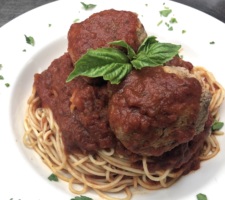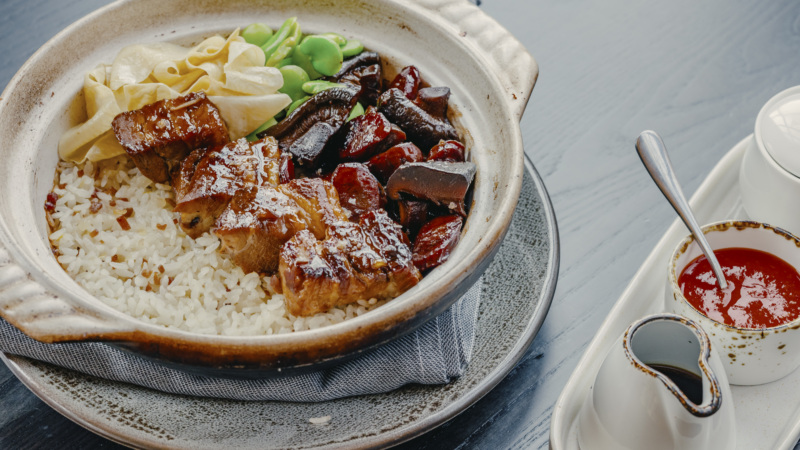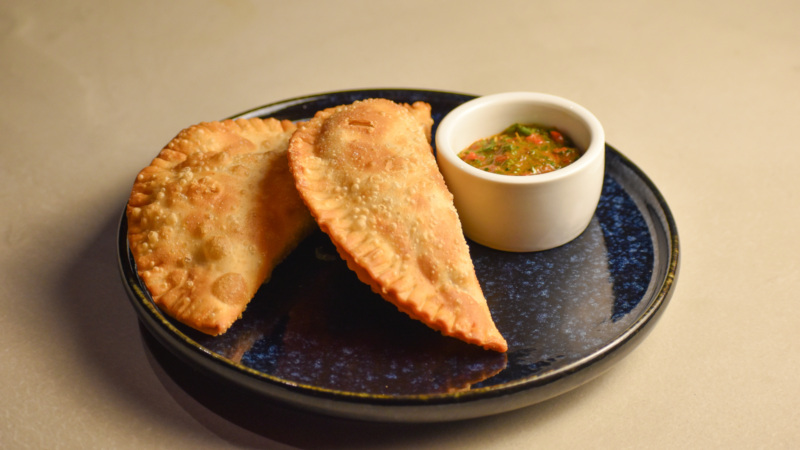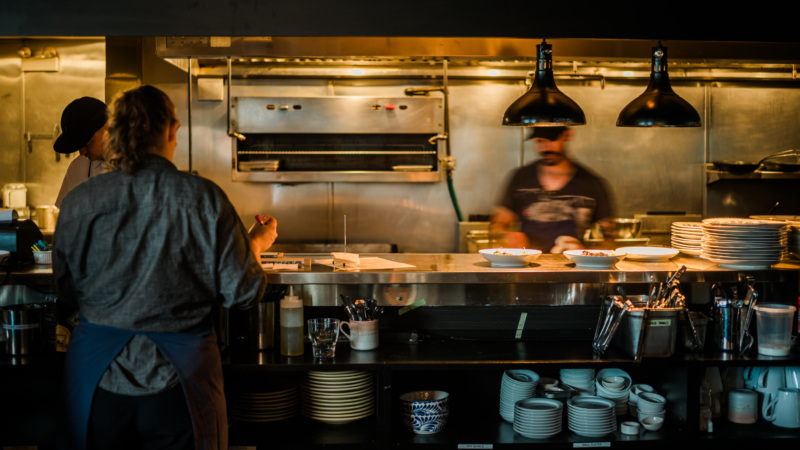
How Lardon, Union, and The Meadowlark Transformed a Prime Corner of Logan Square
When Steve Lewis stumbled upon the century-old building for sale on the corner of Palmer and California in Logan Square, he saw a potential that many had overlooked. After spending years working in the service industry, Lewis had ideas for a restaurant of his own. What excited him the most was the possibility of creating two distinct concepts under one roof — and it seemed he had finally found just the right space. “Opening more than one venue would allow me as an operator to have more than one sandbox to play in,” he says, “And also would allow us as a team to create something really succinct and unique for each concept.”
There was, however, a caveat — the building would require substantial renovation. “A lot of people in the restaurant industry looked at the space, which had been a dual concert venue and bistro, as a very desirable location,” Lewis says. “But once they saw inside, they realized how much work needed to be done.” Despite the enormity of the project, he was undeterred. “I could see each of my concepts, and even though I knew restoring the property was going to be an uphill climb, it would be worth it in the end,” he says.
While creating a plan for the building, Lewis realized he could play in even more sandboxes than he initially anticipated. “I realized I could create more than two concepts here; I could do three,” he says with a laugh. And so, the work began on what would ultimately become Lardon, Union, and The Meadowlark.
Throughout the renovations, Lewis worked hard to preserve the aesthetic integrity of the building’s interior, salvaging the original honeycomb tiles, maplewood floors, brick walls, and other architectural details. “In the end, each space is uniquely itself, but they all have common themes that tie them together,” he says. Over the two-and-a-half-year project, Lewis also infused his own design elements, sourcing reclaimed lumber for the tabletops, crafting the metal details by hand, and incorporating hand-applied patina finishes. “Every single element — from the hooks to the door handles, the push knobs to the reclaimed doors — make the place feel lived-in,” he says. “We didn’t want it to be a brand-new, white box.”
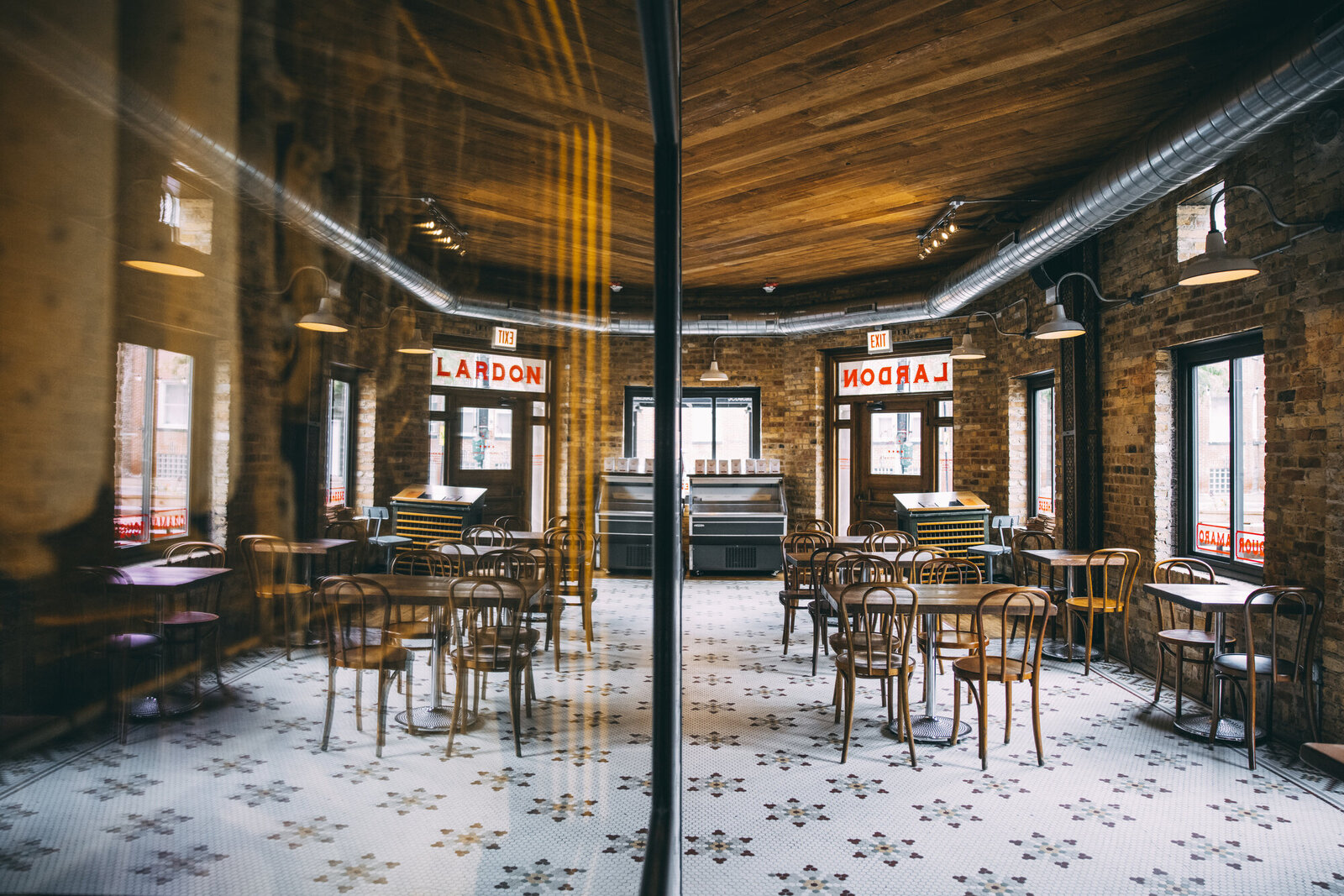
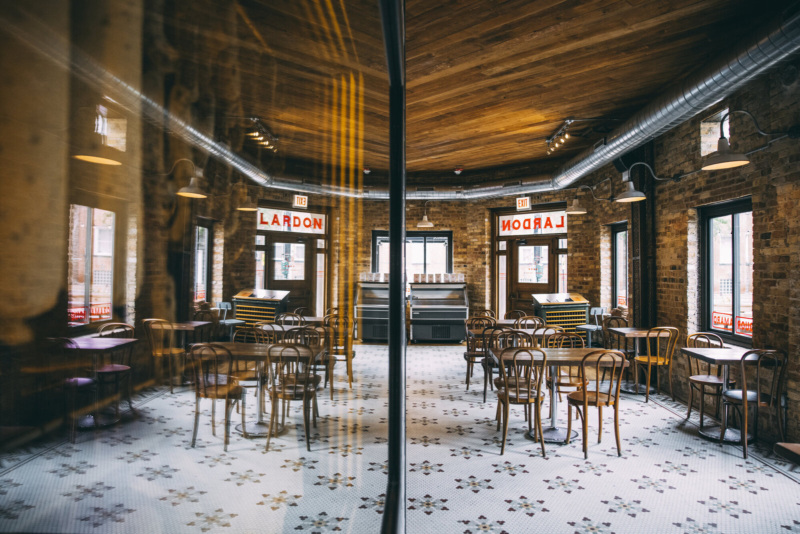
The first of three concepts to emerge was Lardon, the all-day restaurant centered around charcuterie, Midwestern-style sandwiches, and locally-sourced farm ingredients, which opened in 2021. Lewis thinks of it as the anchor of the three businesses, sitting directly in the middle of the busy intersection. Lardon transitions during the day, starting as a sunlit coffee- and pastry-slinging café in the morning to a salumeria and sandwich shop for lunch. In the evening, the lights dim and the dining room transforms into an intimate bistro serving Midwestern and French-inspired fare with a boutique wine program and a vast amaro selection.
Lewis certainly has given the space a timeless appeal. For example, the decision to pair the red butcher slicer and red espresso machine with the crimson accents on the century-old tile creates a seamless integration — as if Lardon has always been there. The in-house meat curing program at the heart of Lardon is a clear source of pride for Lewis. Meats that are cured for anywhere from three months to over a year make their way onto the menu all over: the bacon that comes on the breakfast brioche egg sandwich; the ham on the “Frenchie” deli baguette sandwich; the duck confit served with cabbage for dinner.


While developing and building out his next two concepts, Lewis ensured that each had a clear direction. “You don’t have to dilute yourself to be everything to everybody,” he says. “A restaurant that says, ‘We do pizza, fish, beer, chicken wings, ribs, and seafood,’ well, at some point, you’re gonna want to go to a pizza place because you want good pizza, or you’ll go to a wine bar because you want good wine.” He believes that people gravitate towards restaurants and bars that take their time to perfect what they do, even if that means doing less.
Union was the next to open, in early 2022, as an approachable beer and whiskey bar and New American restaurant toward the east side of the building. The bar boasts 24 daily rotating beers from Chicago and other parts of the Midwest and Great Lakes region, alongside an extensive whiskey collection of over 200 bottles.
Aesthetically, Union is modern and sparse, with rich earth tones, incorporating timber, wood, brick, and restored metals that nod to the building’s history. The casual-yet-cheffy menu includes items like Illinois lamb meatballs with curried leeks and smoked pistachios, and a popular brisket burger on a roasted bone marrow aioli-smeared brioche bun. It feels like the quintessential Chicago eatery — blending seasonal fare with local spirits and brews, all without a hint of pretension.


Completing the trilogy is The Meadowlark, a cocktail bar with an semi-hidden entrance off the back of the building, towards the alley. “But it’s not exactly a speakeasy,” Lewis clarifies. While Meadowlark might have a discreet door and reserve some of its sections, Lewis emphasizes, “The rest is open for walk-ins because we want it to be an easygoing environment.”
The bar has a sophisticated yet cozy feel, with exposed bricks, a bright white quartz bar top wrapped in weathered mahogany, Chesterfield leather seating, bookshelves, and brass library lights. The cocktail program, created with the help of beverage director Abe Vucekovich and bar manager Beth Serowsky, is immersive and meticulously thought out.
The first menu, “Birds of the Midwest,” used vintage Audubon watercolors to inspire bird-themed drinks and pocket guide booklets that guests could take home. A more recent menu was called Magic City, which Lewis describes as a love letter to Chicago’s past — a tribute to the 1893 Chicago World’s Fair, with curated cocktails based on the exhibits. (For example, the Ferris Wheel cocktail is served in a tall pilsner-footed glass to emulate the wheel’s height, and includes high-altitude alpine spirits like Singani 63 from the Andes mountains, Génépy from the French Alps, and Carpano Botanic Bitters all over crushed ice.) “We love to take an abstract thought or idea, even a silly idea, and find a way to create something really special,” Lewis says.
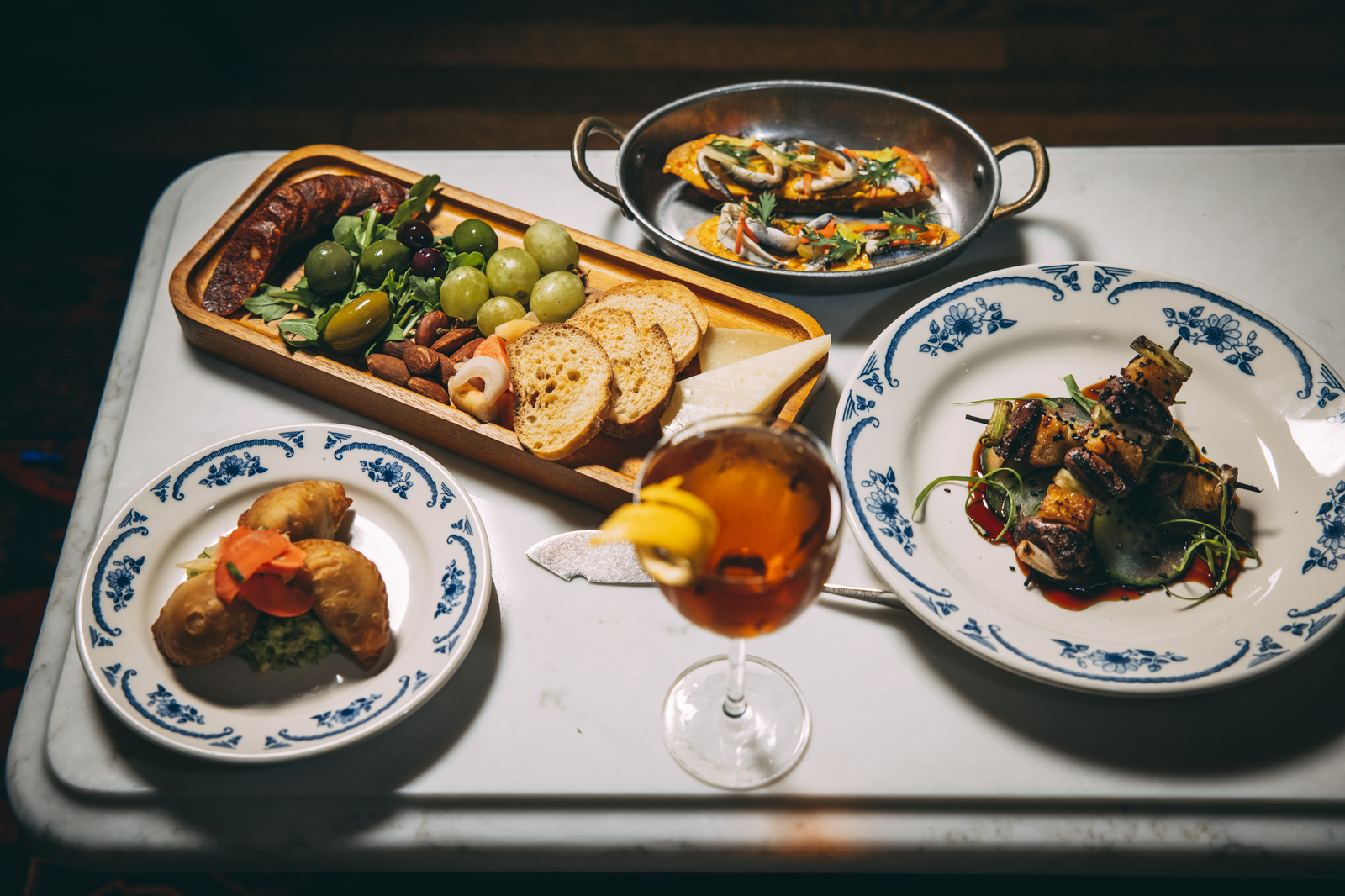

Now that all three businesses are open, Lewis has had time to reflect. He’s always wanted to run a restaurant group with a positive culture for guests and employees alike. And he takes great pleasure in seeing his peers in the industry stop by for a bite. “When I walk in, and I see a Michelin-starred chef eating a turkey sandwich at Lardon or having a drink at Union, it’s almost better than a write-up or an award. That’s what the Chicago restaurant industry is all about — rallying around each other,” he says.
There’s also the reality that the past few years have been tough, particularly with the hurdles of launching restaurants and bars amidst the pandemic. “Margins are really thin, and costs continue to rise after Covid,” Lewis says. “So, on many days, it’s a struggle. Some days I’m like, ‘Why did I do this?’” He laughs and quickly adds: “But when the team gets to collaborate on a menu change, or I walk in on a Friday night and see every single space is packed, that’s when I’m like, ah, this is why we do this: It’s the buzz, the joy we see in guests’ faces, the good reviews — those are the things that make it all worth it in the end.”
Elanor Bock is a Chicago-born professional writer, dancer, and Renaissance woman. Follow her on Instagram. Follow Resy, too.






